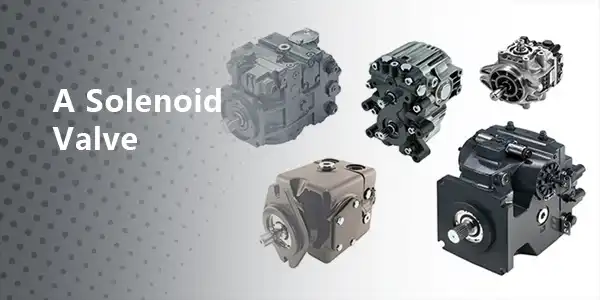Common Faults about A Solenoid Valve
Introduction of a solenoid valve
Solenoid valve is an industrial equipment controlled by electromagnetic. It is an automatic basic component used to control fluid and adjust the direction, flow, speed and other parameters of the medium in the electronic control system. Solenoid valves can cooperate with different circuits to achieve the expected control, and the control accuracy and flexibility can be guaranteed. There are many kinds of solenoid valves. Different solenoid valves play a role in different positions of the control system. Commonly used are one-way valves, safety valves, directional control valves, speed regulating valves, etc. Solenoid valves are widely used in our modern life, so there are many solenoid valve suppliers.
Solenoid valves common faults and troubleshooting methods
The solenoid valve does not work after being energized
1. Check whether the power wiring is bad: re-wiring and connector connection.
2. Check whether the power supply voltage is within the ± working range: adjust to the normal position range.
3. Whether the coil is desoldered:re-soldered.
4. The coil is short-circuited: replace the coil.
5. Whether the working pressure difference is inappropriate:adjust the pressure difference or replace the corresponding solenoid valve.
6. The fluid temperature is too high: replace the corresponding solenoid valve.
7. There are impurities that make the main valve core and moving iron core of the solenoid valve stuck: clean it, and replace the seal if there is any damage to the seal and install fuel filter.
8. The viscosity of the liquid is too high, the frequency is too high and the service life has expired: replace the product.
The solenoid valve can not be closed
1. The seal of the main valve core or iron moving core is damaged: replace the seal.
2. Whether the fluid temperature and viscosity are too high: replace the corresponding solenoid valve.
3. Impurities enter the spool or moving iron core of the solenoid valve: clean it.
4. The life of the spring has expired or is deformed: replace.
5. Throttle hole balance hole is blocked: clean in time.
6. The working frequency is too high or the service life has expired: choose another product or update the product.
Other faults
1. Internal leakage: check whether the seal is damaged and the spring is not assembled properly.
2. External leakage: loose connection or broken seal: tighten the screw or replace the seal.
3. There is noise when the power is: the fasteners on the head are loose and tightened.
4. The voltage fluctuation is not within the allowable range: adjust good voltage.
5. Impurities or unevenness on the suction surface of the iron core: clean or replace it in time.
 Track Your Order
Track Your Order




